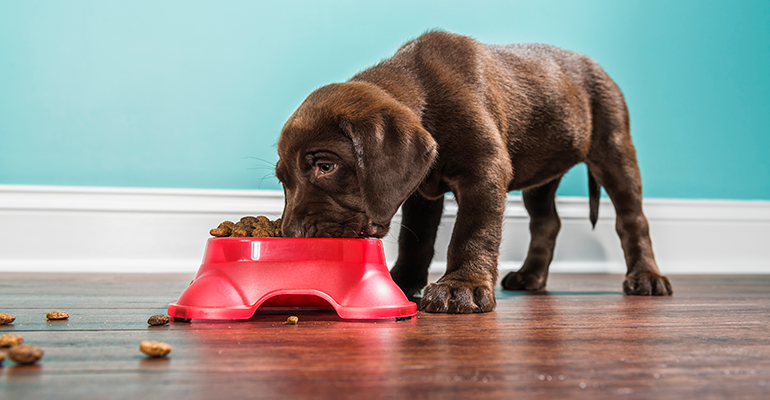news
4 Mar 2024
New regulations governing the labeling of pet foods were approved by AAFCO members in July, providing the first major update to pet food regulations in 40 years. The move is a response to pet owners demanding clarity on labels that have left many confused or unsure about what they are feeding their animals.
The new regulations were approved by AAFCO members in July, providing the first major update to pet food regulations in 40 years. The move is a response to pet owners demanding clarity on labels that have left many confused or unsure about what they are feeding their animals.

The Model Regulations for Pet Foods and Specialty Pet Foods aim to set new standards for pet food manufacturers and distributors across the United States and Canada to follow. The new labeling regulation was introduced after a strategic consultation period involving consumers and professionals in the pet food industry.
Responding to customer requests
“AAFCO periodically reviews its model language to see if it needs to be updated to keep pace with consumer demand or industry trends,” said Austin Therrell, executive director at AAFCO.
“When we started the Pet Food Label Modernization project, we were aware of some general feedback from consumers that pet food labeling was difficult to understand. We want to make sure that the information presented on the label is clear and easy to understand so that consumers can make better purchasing decisions for their animals.”
“AAFCO has recommended a six-year implementation discretion period, or transition period, that allows states to adopt the new Model Regulations for Pet Food and Specialty Pet Food and to to manufacturers to incorporate the changes into their labels and packaging,” Therrell said. “The National Association of Departments of Agriculture (NASDA) also recently voted to support AAFCO’s new Model Regulations and six-year discretionary implementation timeline.”
The implementation discretion period is proposed to begin with the publication date of the regulation in early 2024, thereby giving individual states the necessary time to implement the regulations according to their various resources and protocols.
Pets are now seen as family
The new regulations are a response to a significant shift in consumers’ approach to pet care in recent years, changes fueled by the COVID-19 pandemic when an epidemic of loneliness triggered by lockdown has led to an increase in pet ownership.
In line with this trend, a 2023 PEW survey showed that while 62% of US households confirmed they own a pet, 51% of those respondents said they simply don’t consider it part of of their family their pets but also said that they are a part. of their family as a human member. This translates into increased attention to pet care, and in particular, the quality of pet feed.
AAFCO is targeting four key areas for improvements
“Today, consumers are more educated about the health of their pets,” said Therrell: “The new Model Regulations for Pet Food and Specialty Pet Food are intended to improve transparency and provide information on the food label of pet in a format more familiar to pet owners. These are highlighted in the four main updates detailed in the official document.
Those four areas are:
- The Nutrition Facts Box should be updated to more closely resemble labels for human food.
- The Intended Use Statement will be displayed on the lower-third level of the front display panel, ensuring that consumers can more easily identify what the pet food is about.
- Handling and Storage Instructions to clarify the use of consistent terminology and common terms for vitamins.
- Handling and Storage Instructions are recommended as optional but should be updated and standardized with icons for greater consistency.
Public comment on copper claims
In another sign that pet food labeling is under scrutiny, AAFCO is currently seeking feedback on proposed guidelines for the amount of copper allowed in dog food.
The proposed ‘controlled copper’ claim would recommend that the dog food contain no more than 15mg of copper/kg DM and no more than 3.75mg per 1,000 kcal of metabolisable energy, with Guaranteed Label Testing to back it up the information.
AAFCO is currently seeking comments on this proposal until March 1, 2024, with interested parties invited to contact the organization directly.


